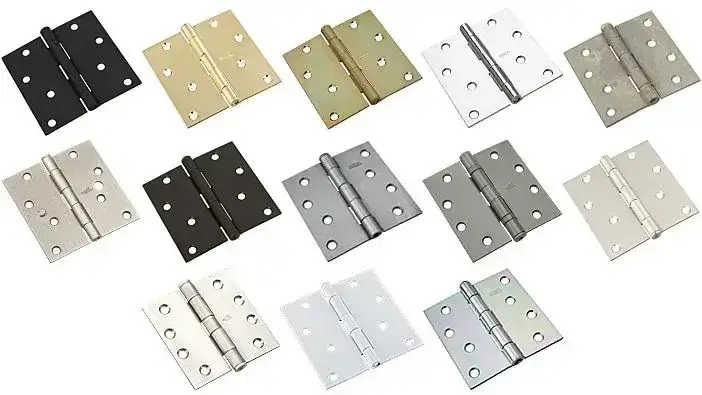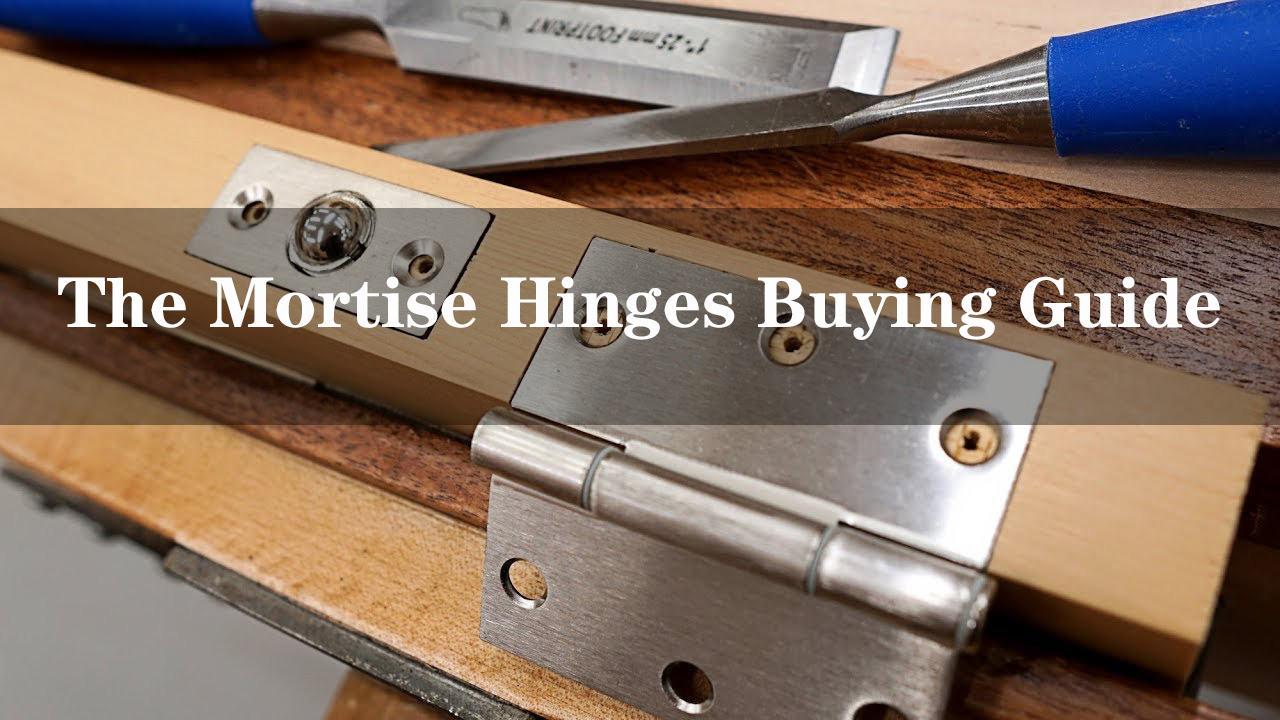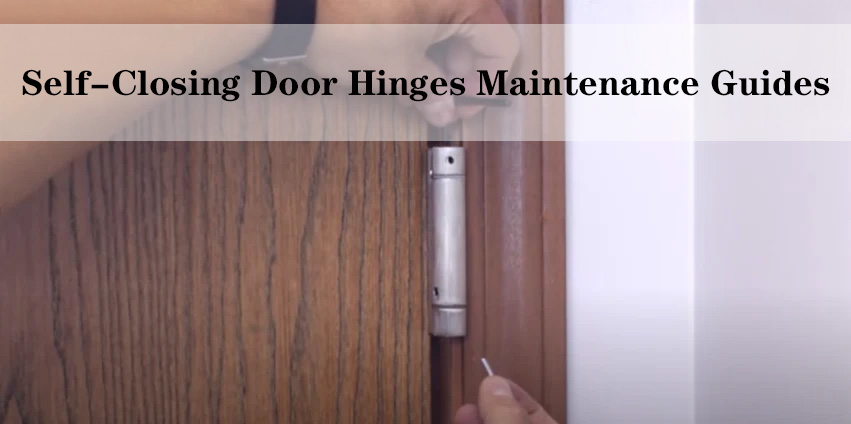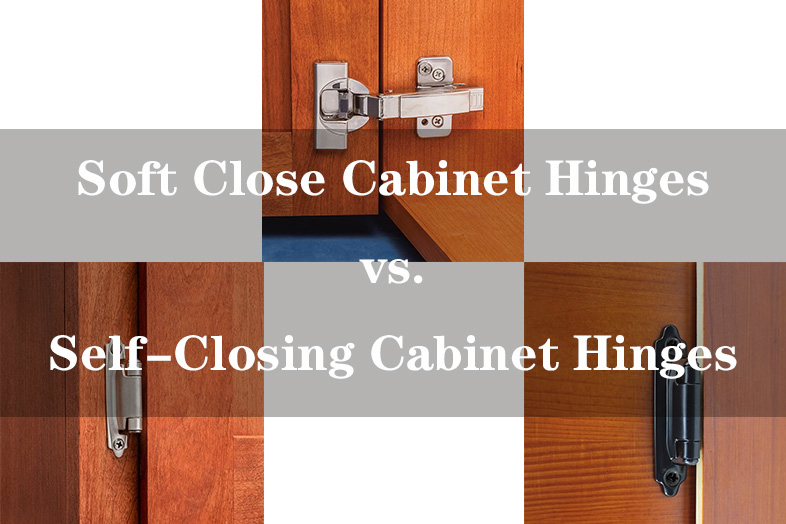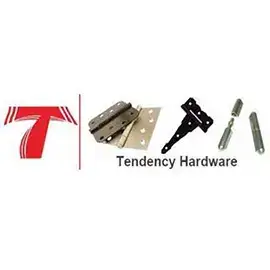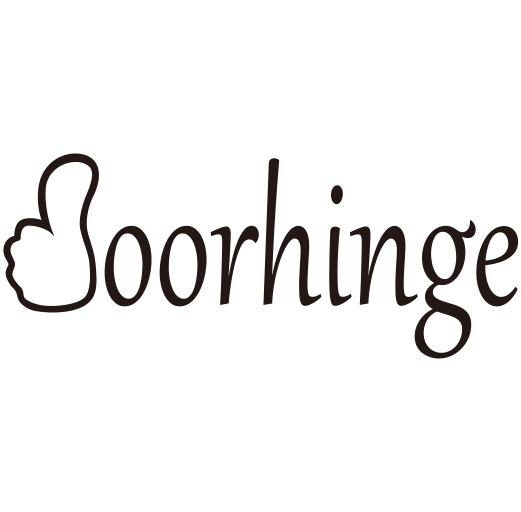
Hinges are small, seemingly inconspicuous components, yet they play a crucial role in our everyday lives. From doors to cabinets, gates to furniture, hinges are the unsung heroes that enable movement and functionality. However, selecting the right hinge involves more than just picking up the first one you see. Understanding the nuances of hinge size, materials, and finishes is essential to ensure optimal performance and aesthetic appeal for your specific application.
Importance of Choosing the Right Hinge
Hinges are the unsung heroes of our daily lives, facilitating movement and functionality in doors, cabinets, gates, and various other structures. Their significance becomes evident when considering the consequences of a poorly chosen hinge. A mismatched or substandard hinge can lead to a myriad of issues that impact both the functionality and structural integrity of the application it serves.
Impact of Subpar Hinges
Misalignment: Inadequate hinges can result in misalignment, causing doors or other moving parts to sit improperly within their frames. This misalignment not only affects the appearance but can also lead to difficulty in opening and closing the door smoothly.
Poor Functionality: Hinges that are not well-suited for the intended application can compromise functionality. They may hinder the full range of motion or not allow the door to open and close as intended, disrupting the ease of access.
Squeaking or Noisy Operation: Low-quality hinges may produce annoying squeaks or creaks during movement. This not only affects user experience but can also indicate wear or lack of proper lubrication, potentially leading to premature failure.
Structural Damage: Over time, a hinge that is unable to adequately support the weight it’s carrying may cause structural damage. This could manifest as cracks in door frames or wear and tear on the hinge itself, compromising its functionality and safety.
Hinge Size: Delving Deeper into Perfect Fit Considerations
When it comes to selecting the right hinge, ensuring the correct size is paramount. Various factors contribute to finding the perfect fit for a hinge, and understanding these factors aids in making an informed decision.
Door Weight: The Significance of Sturdy Support
Heavier doors necessitate sturdier hinges capable of bearing the weight without sagging or causing misalignment. Hinges are often accompanied by weight ratings, indicating their compatibility with the dimensions and weight of the door they are intended for. Choosing a hinge with an appropriate weight rating ensures it can handle the load without compromising functionality.
Dimensions: Aligning Hinge Size with Door Size
Matching the size of the hinge with the dimensions of the door or object it supports is crucial. An improperly sized hinge might not distribute the weight evenly, leading to premature wear and tear on both the hinge and the object it’s supporting. Ensuring that the hinge complements the size of the door helps in maintaining smooth operation and longevity.
Load-Bearing Capacity: Understanding Usage Requirements
Anticipating the frequency of use and the weight a hinge needs to support is fundamental. Heavy-duty hinges are specifically designed for high-traffic areas or doors subjected to substantial weight. Conversely, lighter-duty hinges suffice for applications where the load is lighter and less frequent.
By meticulously considering door weight, dimensions, and load-bearing capacity, one can effectively choose a hinge that not only fits perfectly but also ensures optimal functionality and longevity for the intended application.
Materials Matter: Strength, Durability, and Applications
Steel
Steel hinges stand out for their exceptional strength and durability, making them an ideal choice for heavy-duty applications. Their robust nature enables them to handle substantial loads without compromising functionality. Moreover, their resistance to corrosion makes them suitable for both indoor and outdoor use. Steel hinges come in various types, such as stainless steel and carbon steel, each offering specific advantages based on the environment and load requirements.
Brass
Renowned for its aesthetic appeal, brass hinges are a popular choice for decorative purposes. Beyond their visual charm, they boast resistance to rust, making them suitable for applications where moisture or humidity is a concern. However, compared to steel, brass hinges might not offer the same level of strength, particularly in scenarios involving heavier loads. They are often used in residential settings and furniture where both style and moderate load-bearing capacity are essential.
Stainless Steel
Stainless steel hinges combine the robustness of steel with increased resistance to corrosion. These hinges are particularly suitable for environments where moisture or harsh weather conditions prevail. They excel in outdoor installations or areas exposed to humidity, as they can withstand corrosion better than traditional steel hinges. With their durability and ability to resist rust, stainless steel hinges offer reliability and longevity.
Aluminum
Aluminum hinges are lightweight and corrosion-resistant, making them a preferred choice in scenarios where weight is a significant consideration. While they might not match the sheer strength of steel hinges, they offer decent durability, making them suitable for various residential applications. Their resistance to rust further enhances their suitability for outdoor use, especially in areas where exposure to moisture is a concern.
The Finish: Enhancing Appearance and Protection
Polished Finish
A polished finish on hinges lends a sleek and shiny appearance, often favored in decorative or upscale settings. However, it’s essential to note that maintaining this finish might require regular upkeep to preserve its luster. Despite the maintenance aspect, the polished finish adds elegance and sophistication to hinges, enhancing the overall aesthetic appeal.
Satin Finish
Satin finishes offer a softer sheen compared to polished ones. Versatile and adaptable, satin-finished hinges find applications across various settings. They have the added advantage of being adept at concealing fingerprints and minor scratches, making them a practical choice for areas where aesthetics and durability both matter.
Antique Finish
Providing a weathered or aged appearance, the antique finish adds character to hinges. Its popularity stems from its ability to contribute to a rustic or vintage-themed ambiance. These hinges are sought after in spaces where a unique, aged aesthetic is desired, lending a touch of nostalgia and charm.
Powder-Coated Finish
Powder-coated finishes offer durability and exceptional resistance to scratches and corrosion. They come in a wide array of color options, making them highly versatile. These finishes are often favored in industrial or outdoor settings due to their protective qualities, ensuring longevity and sustained performance even in challenging environments.
Conclusion
Choosing the right hinge involves a thoughtful consideration of various factors, including size, materials, and finishes. By understanding the specific requirements of your application, you can select hinges that not only offer optimal functionality and durability but also complement the aesthetics of your project. Whether it’s for doors, cabinets, gates, or furniture, investing time in selecting the right hinges will undoubtedly contribute to the longevity and performance of the moving parts in your surroundings.
